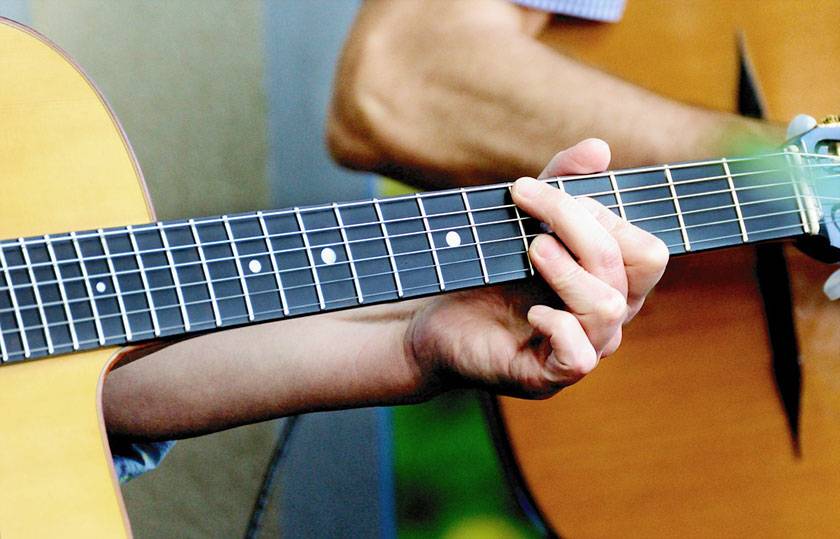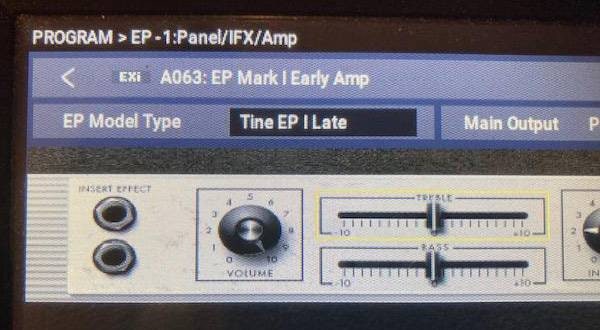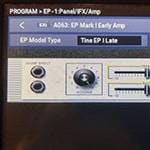Are you able to set the neck of your guitar properly?
If you think "I had it checked at a musical instrument store, so I'm happy!"
…there’s actually a big difference... There are quite a few things actually. This time, I would like to talk about the common incorrect adjustment method of the neck and the correct setting method.

Part 1. Incorrect neck adjustment method and why
Let's start with the incorrect adjustment method. Occasionally, you may see a clerk at a musical instrument store visually checking the condition of the neck by lifting the body of the guitar or lifting it in the same way as holding the head and leaning the instrument at an angle. For the time being, consider it as a general case of "visually judging whether the neck is straight or not and adjusting the truss rod".
In conclusion, sadly, these are actually all "incorrect ways". Let's talk about why it is wrong. The keys are "gravity" and "inaccuracies".
For example, when you have a heavy load, the force applied to your arm differs depending on whether you hold the load with your arm extended toward the ground or lift it horizontally to the ground. Even in the case of a guitar, how much load is applied to which part depends on the position held by gravity. It's a little roundabout, but the state of the instrument (= neck) is very different between the state where you hold the guitar to actually play and the state where you lift the body of the instrument or lift it at an angle.
Next is "inaccuracies", which is a simpler story. Simply, "human eyes are basically not that accurate".
In other words, the first example I sometimes see is
- Basically, human eyes and sensations are not so accurate
- It is meaningless because the state of the instrument changes due to changes in the way gravity is applied, where it was unmatched in accuracy.
It can be said that it is wrong because of the above. In the case of a high-rise acoustic guitar, if it is too severe, it is possible to make a rough judgment visually, but in order to decide the repair policy, measure and guess the numerical balance using a scale or jig. It's better to do it properly in the end.
Part 2. Correct neck adjustment method
From here, I'll show you how to correctly check and adjust the neck of your guitar based on clearer criteria.
Step 1: Hold the guitar
Hold the guitar. It is recommended that you stay in the same position as when you normally play, and basically sit down (remove the strap while sitting).
Step 2: Stretch the strings
Tighten the strings. Tune accurately as usual. The tension of the strings of the guitar is considerable, and in the case of the light gauge strings for the acoustic guitar, the total of 6 strings exceeds 70 kg. Of course, such a big power cannot be ignored, so tune it properly with the intention of playing it live from now on.
Step 3: Hold down the 1st fret of the 6th string (the lowest string for bass and multi-string guitars) and the joint fret
For an acoustic guitar with a 14-fret joint, press the 14th fret. If both hands are occupied, it will be difficult to operate from step 4 onwards, so you can press the 1st fret with a capo.
Step 4: Check the gap between the fret and the string in the middle section between the two pressed frets.
In step 3, check the gap between the fret between the 1st and joint frets (7th or 8th fret for the 14th fret joint acoustic guitar) and the strings. The strings on the tensioned guitar are fairly straight, so use this instead of a straight edge. It is best to set it so that there is a slight gap, that is, a slight forward warp. If you make it too straight, it will cause the strings to buzz, and you cannot tell whether it is really straight or warped.
Specifically, the gap between the 7th or 8th fret and the strings is about 0.3mm, which is basically the optimum solution (this is called neck relief = normal forward warp). To check the actual gap, it is convenient to use a thin plate (stick plate), cardboard, or thickness gauge whose thickness has been measured with calipers in advance. Be careful not to damage the frets or fingerboard at this time. By the way, in the case of a bass, the scale is long and the swing width of the strings is also large, so you can set the neck relief standard a little larger (around 0.45 mm).
Step 5: Do steps 3 and 4 with the 1st string
That's right, but ideally, the gap between the 7th or 8th fret and the string should be smaller than the 6th string (lowest note string) (it's just an ideal, so it's okay to tolerate a slight error). The neck relief in steps 3 and 4 is just a guide, so it is okay to allow for some error.
At this point, the neck status check is complete. From here, we will adjust the truss rod as needed, but please do the actual work at your own risk. If you are not confident in the adjustment, I strongly recommend that you do not overdo it and consult a reliable repairman. In particular, if you are using a square rod or T-bar that does not have an adjustment function, or if you are using a guitar that does not have a rod such as a classical guitar, it is difficult to make adjustments on your own, so please consult with a professional repairman.
Step 6: Adjust the truss rod
The basic rule is to adjust the truss rod little by little and slowly. The amount of turning the wrench should be 1/16 turn per adjustment, or at most 1/8 turn. Let's not force it and be careful not to break the rod. At this time, loosen the strings.
Step 7: Repeat checking and adjusting from step 1 until the optimum condition is obtained.
Please repeat. Just repeat until you are satisfied with the proper range.
This completes the basic adjustment. In rare cases, it seems that the truss rod is tampered with for the purpose of lowering the string height, but unless the warp of the neck is the root cause, the balance of the instrument will only be lost, so please refrain from doing so.
Even a slight change in the neck condition can have a significant impact on the actual performance of the instrument. Take this opportunity to check the condition of your instrument and use it as a stepping stone to meet reliable builders and repairmen.


























